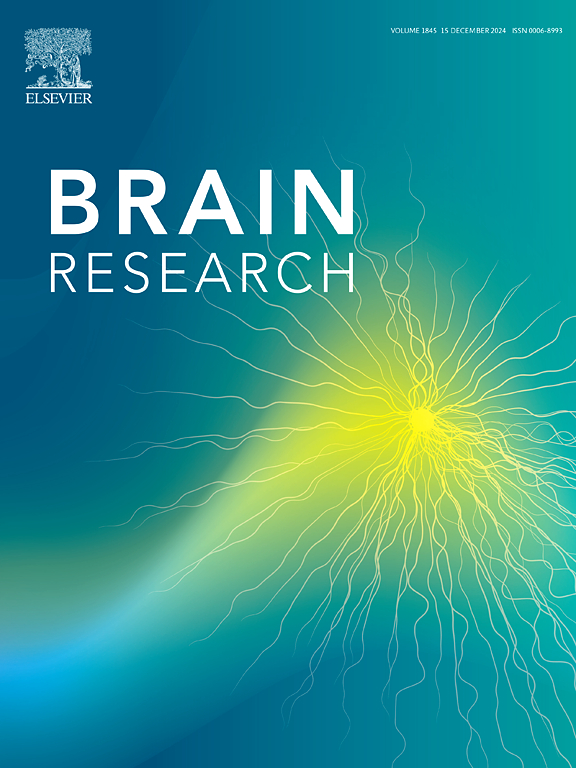预测轻度认知障碍进展的综合方法。
IF 2.6
4区 医学
Q3 NEUROSCIENCES
引用次数: 0
摘要
我们的方法提供的沉浸式体验使研究人员能够直观地探索大脑结构。在大脑的中枢神经系统中,包括白质和灰质,与阿尔茨海默病(AD)相关的症状通常表现为灰质下降。手工识别这些更改证明是一项耗时的工作。虽然基于学习的系统可以检测到这些变化,但它们的实施需要大量的计算资源和广泛的数据集。为了克服这些挑战,我们提出了一个量身定制的框架,旨在通过脑图像组织分割对AD的不同阶段进行分类。我们的创新方法无缝集成了迁移学习和冻结层微调,并采用了VGG16, VGG19, AlexNet和ResNet50等模型。这一综合策略显著放大了五种AD类别的模拟结果,有助于整体提高模型效率。在初始阶段,我们的模型经过微调以预测不同的AD阶段,并且集成数据增强技术进一步优化其性能。我们的研究最终断言,预先训练的模型以密集层、附加层和冻结块的深度连通性为特征,熟练地解决了所提出的多类分类固有的挑战。实验结果最终证实了通过实施我们提出的策略所取得的优越精度。本文章由计算机程序翻译,如有差异,请以英文原文为准。

A comprehensive approach to anticipating the progression of mild cognitive impairment
The immersive experience provided by our approach empowers researchers with an intuitive exploration of brain structures. Within the brain’s central nervous system, encompassing both white and gray matter, symptoms associated with Alzheimer’s disease (AD) often manifest through gray matter decline. The manual identification of these changes proves to be a time-intensive endeavor. Although learning-based systems can detect such changes, their implementation requires substantial computational resources and extensive datasets. To surmount these challenges, we present a tailored framework designed for the categorization of distinct AD stages through brain image tissue segmentation. Our innovative approach seamlessly integrates transfer learning and fine-tuning of frozen layers and employs models such as VGG16, VGG19, AlexNet, and ResNet50. This comprehensive strategy significantly amplifies simulation outcomes across five AD categories, contributing to an overall enhancement in model efficacy. In the initial stages, our model undergoes fine-tuning to predict various AD stages, and the integration of data augmentation techniques further refines its performance. Our study culminates with the assertion that a pre-trained model, characterized by deep connectivity of dense layers, additional layers, and frozen blocks, adeptly addresses the challenges intrinsic to the proposed multiclass classification. Experimental results conclusively endorse the superior accuracy achieved through the implementation of our proposed strategy.
求助全文
通过发布文献求助,成功后即可免费获取论文全文。
去求助
来源期刊

Brain Research
医学-神经科学
CiteScore
5.90
自引率
3.40%
发文量
268
审稿时长
47 days
期刊介绍:
An international multidisciplinary journal devoted to fundamental research in the brain sciences.
Brain Research publishes papers reporting interdisciplinary investigations of nervous system structure and function that are of general interest to the international community of neuroscientists. As is evident from the journals name, its scope is broad, ranging from cellular and molecular studies through systems neuroscience, cognition and disease. Invited reviews are also published; suggestions for and inquiries about potential reviews are welcomed.
With the appearance of the final issue of the 2011 subscription, Vol. 67/1-2 (24 June 2011), Brain Research Reviews has ceased publication as a distinct journal separate from Brain Research. Review articles accepted for Brain Research are now published in that journal.
 求助内容:
求助内容: 应助结果提醒方式:
应助结果提醒方式:


